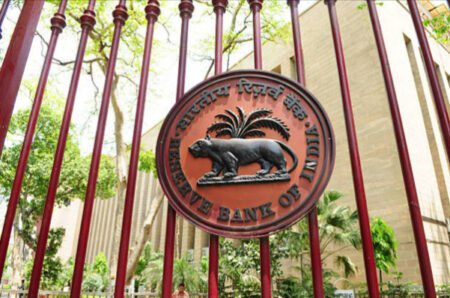In the monthly economic review meeting, the finance ministry commented on current economic conditions. It was stated that the growth is slow but the risk of stagflation in India is low.
In the meeting held on Monday, June 20, the finance minister appreciated the economy’s performance with rising inflation. Globally, many countries are facing high stagflation, but for India, the risk is lower. The main reason for this is our prudent stabilization policies. The various fiscal policies initiated by the Reserve Bank of India (RBI) have helped smoothen the situation. The continuous efforts made by the Monetary Policy Committee (MPC) have proved to be beneficial for the economy. With their current actions, it is expected to gain control of rising inflation.
The finance ministry noted that the Indian economy is prone to near-term challenges, which need to be carefully handled. If the near-term challenges are not handled properly, they will affect our macro-economic performance. The near-term challenges include:
- maintaining the economic growth,
- managing the fiscal deficit,
- reducing consumer tensions, and
- sustaining the Indian currency value.
Even though the retail and wholesale inflation rates are high, the country has robust growth prospects globally. The inflation rates have remained over 6 percent for the past four consecutive months. This rate is expected to reduce by October 2022. RBI is taking the necessary actions to gain control.
What is stagflation?
Stagflation is an economic situation with rising inflation rates and a slow economic growth rate. This causes unemployment, low GDP, and a slowed economic growth rate. As a result of this, production in the country slows further. In simple terms, it is a stagnant position in the economy. To gain control of this, the government has to bring into action various policies and encourage its citizens to participate.
Currently, in India, the risk is low because of various policies introduced by the government. These policies were introduced well in time, so the citizens can avail them now. Though the economic growth rate of the country is seen declining, other economic factors are helping to maintain a balance.
With the Russia-Ukraine war and the tightened supply chain, there is a high risk of stagflation in many economies in the world. Oil prices are expected to rise as the Organisation of Petroleum Exporting Countries (OPEC) struggles to cope with the global fuel demands. Their supply chain operations are soon expected to fail. This will increase employment tensions.
Unemployment in India
According to the finance ministry, India is currently doing well. There is no risk of high unemployment in the country. The primary sector has shown a year-on-year growth of 11.2 percent in May 2022. This enables increased productivity and will help reduce food inflation. The economy has risen a little above the pre-pandemic performance.
Employment in the primary sector is expected to increase further with the arrival of the monsoon. The crops and the production of other primary sector goods will help to boost the economy.
Apart from the primary sector, the government has taken numerous initiatives to maintain a healthy employment rate in the country. The successful vaccination drive throughout the country is an example. This helps to maintain a lower risk of stagflation in the country.
With this, the economy’s performance has seen a rise. India is coping with the global economic crisis and has seen considerable progress. The Indian economy has recovered quickly post the pandemic. The growth rate is just a little above the pre-pandemic rate. With measures taken by the government and consumer support, the economy is soon expected to gain control of rising inflation. The current growth rate is a green flag to that.













